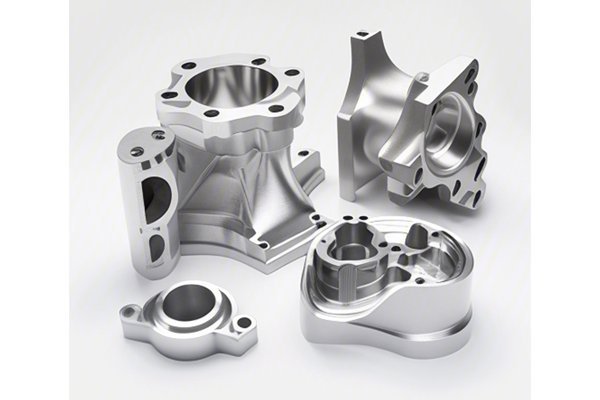: An Eye-Opening Reality
Did you know that nearly 40% of manufacturing companies perceive a lack of reliability in their CNC suppliers? This startling statistic highlights a critical gap in the production processes of many organizations. Reliable suppliers are not merely vendors of parts; they are partners in the quality assurance and innovation processes that define the manufacturing industry. This blog in its entire length aims to provide you with the tools and techniques to regularly evaluate the performance of your CNC processing suppliers effectively.
Understanding the Importance of Supplier Evaluation
Before delving into how to assess CNC processing suppliers, let’s discuss why this evaluation is critical.
Key Metrics for Evaluating CNC Processing Suppliers
To conduct a thorough evaluation, consider the following key metrics:
Creating a Supplier Evaluation Process
Now that we’ve established the metrics for measuring performance let’s discuss how to put an evaluation process in place.
Step 1: Develop an Evaluation Framework
Creating a structured evaluation framework is essential to guarantee consistency. Consider developing a questionnaire that encompasses all metrics listed above, assigning scores for each based on observations and data collected.

Step 2: Data Collection and Analysis
Use a mix of qualitative and quantitative methods:
Step 3: Regular Review Cycles
Addressing Common Challenges
Maintaining a supplier evaluation process is not without its hurdles. Here, I describe some challenges and how to address them:
Leveraging Technology for Supplier Evaluation
With advancements in technology, there are innovative tools available to streamline the evaluation process:
Real-World Case Studies
Case Study 1: Automotive Industry’s Supplying Success
A significant automotive manufacturer was experiencing delays with one of their CNC suppliers. By proactively evaluating performance metrics, they discovered issues in lead time and defect rates. Working closely with the supplier, they identified that equipment upgrades were necessary. Through an investment plan, both parties collaborated to drastically reduce defect rates and improve delivery times, solidifying a stable long-term relationship.
Case Study 2: Electronics and Continuous Improvement
An electronics company embedded supplier evaluation as part of its regular operations. By leveraging data analytics, they continually scored their CNC suppliers on quality, delivery, and affordability. This process allowed them to identify top performers and encourage lagging suppliers to innovate or improve. This regular feedback loop not only enhanced product quality but also strengthened supplier partnerships.
: The Path to Supplier Evaluation Excellence
Understanding the importance of regularly evaluating your CNC processing suppliers could be the difference between seamless production and costly errors. By focusing on key metrics, developing an evaluation framework, and leveraging technology, companies can foster relationships that lead to long-term success.
Final Thoughts: Why This Blog Matters
In a rapidly evolving manufacturing landscape, supplier evaluation is not merely a business practice—it’s a strategy for sustained growth and innovation. By investing time and resources into effectively evaluating your suppliers, you ensure quality, reduce costs, and can ultimately focus on what you do best—creating superior products. Whether you’re facing challenges in quality control or seeking ways to boost productivity, revisiting supplier relationships through rigorous evaluations can pave the way for success. As the old saying goes, “You can’t manage what you don’t measure.” So take the first step today: start measuring and managing your CNC processing suppliers for a more resilient, efficient organization.






